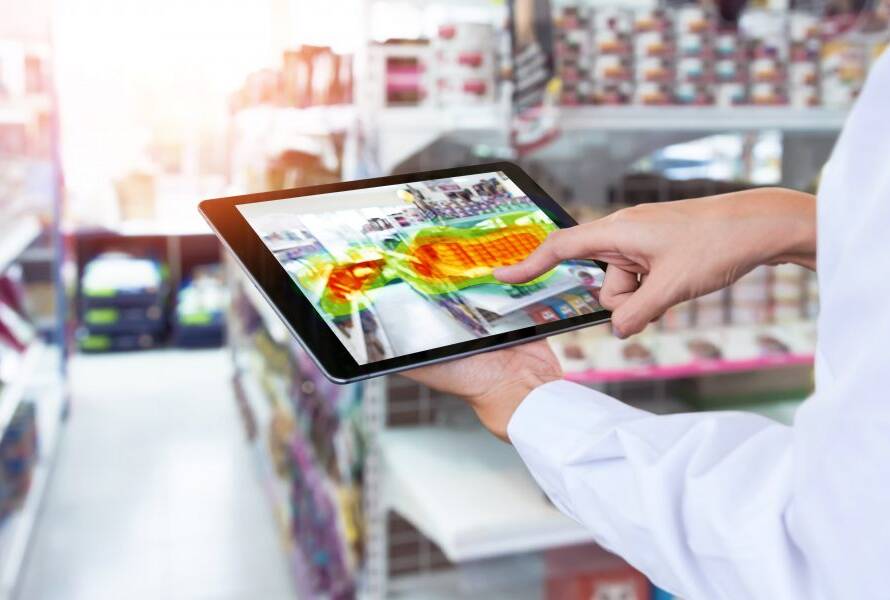In urban centers worldwide, bustling cities are hubs of diversity and economic activity. However, as populations swell and traffic congestion worsens, ensuring public safety becomes increasingly challenging. Acknowledging this, city officials globally are embracing the necessity for proactive security measures. They’re venturing into the realm of innovative surveillance technologies to address these evolving challenges.
Challenges in Urban Security
Traditional surveillance methods fall short in providing real-time insights and proactive security measures, leaving gaps in public safety efforts. Addressing the challenges in urban security requires a multifaceted approach that leverages both traditional and innovative methods to ensure the safety of citizens.
The Strategic Solution
To confront these challenges head-on, many cities have forged a partnership with a leading provider of advanced surveillance solutions. The cornerstone of this collaboration is the integration of license plate recognition (LPR) and facial recognition technologies into the city’s existing video management system (VMS). This integration lays the foundation for seamless data collection and analysis, revolutionizing the approach to public safety.
License Plate Recognition (LPR)
Effectively monitoring vehicular traffic is crucial for urban security, especially in high-traffic areas prone to congestion and accidents. Intelligent transportation systems (ITS) equipped with sensors, cameras, and traffic management software can provide real-time traffic data, identify traffic violations, and optimize traffic flow to improve safety and security on the roads. Furthermore, integration with law enforcement databases can enable authorities to track stolen vehicles, identify suspects, and enforce traffic regulations more effectively.
Facial Recognition
Identifying individuals of interest within urban areas requires sophisticated surveillance and monitoring capabilities. Biometric technologies, such as facial recognition and iris scanning integrated into the VMS platform, can aid in the identification and tracking of persons of interest in crowded public spaces. Leveraging facial recognition, city officials can bolster situational awareness and improve response times when incidents occur. By cross-referencing facial data with existing databases, law enforcement agencies can proactively address potential threats.
Results:
- Enhanced Public Safety: The adoption of LPR and facial recognition technologies can significantly bolster a city’s’ ability to monitor traffic and identify individuals of interest leading to faster response times and increased apprehension rates of suspects.
- Proactive Security Measures: Armed with real-time data from surveillance systems, officials can preemptively identify and address security threats, mitigating risks to residents and visitors alike.
- Privacy Protection: Upholding privacy standards, and safeguarding facial recognition data, enables authorities to restrict access to authorized personnel. This commitment to privacy ensures that security enhancements do not come at the cost of individual rights.
Addressing the challenges in urban security requires a holistic approach that combines advanced technologies, proactive measures, community engagement, and collaborative partnerships. By leveraging the latest advancements in surveillance, analytics, and communication technologies, cities can enhance their ability to prevent, detect, and respond to security threats, ultimately creating safer and more resilient urban environments for all residents.
Brandon Heck
Brandon Heck is Regional Sales Manager for the Midwest Region.
His responsibilities include fulfilling the needs of the resellers and
end users, including all aspects of system design and product recommendations. Brandon’s technical skills, knowledge of
partner integrations and experience with Salient’s CompleteView open platform solution have led to successful small and enterprise level deployments and excellent customer relationships.
Since joining Salient in 2014, Brandon has excelled in the K-12, Retail, Traffic, Health Care, and Energy Verticals. Brandon is a
knowledgeable speaker with extensive experience presenting the latest in video management software technologies and best practices for a variety of vertical markets.





